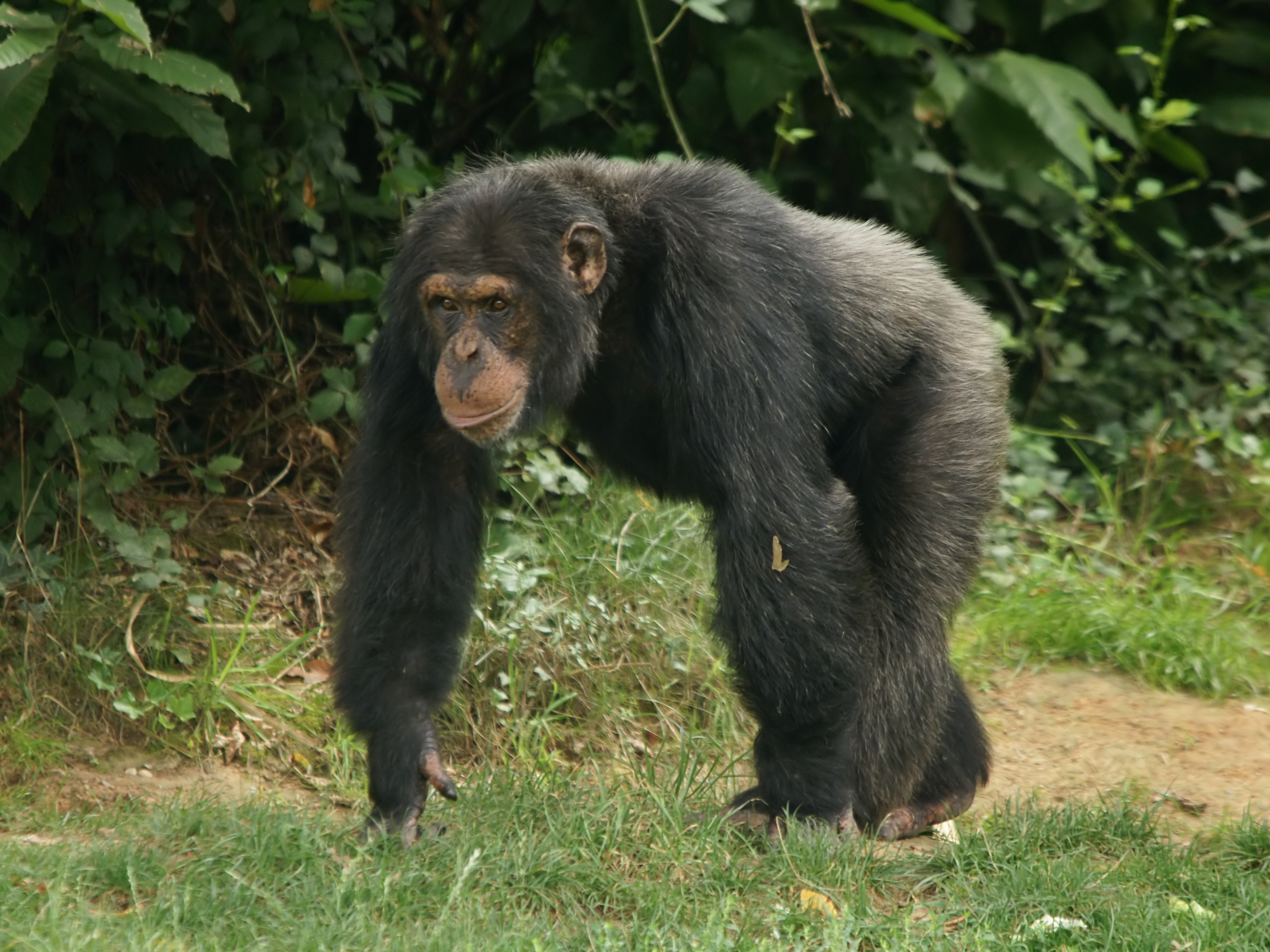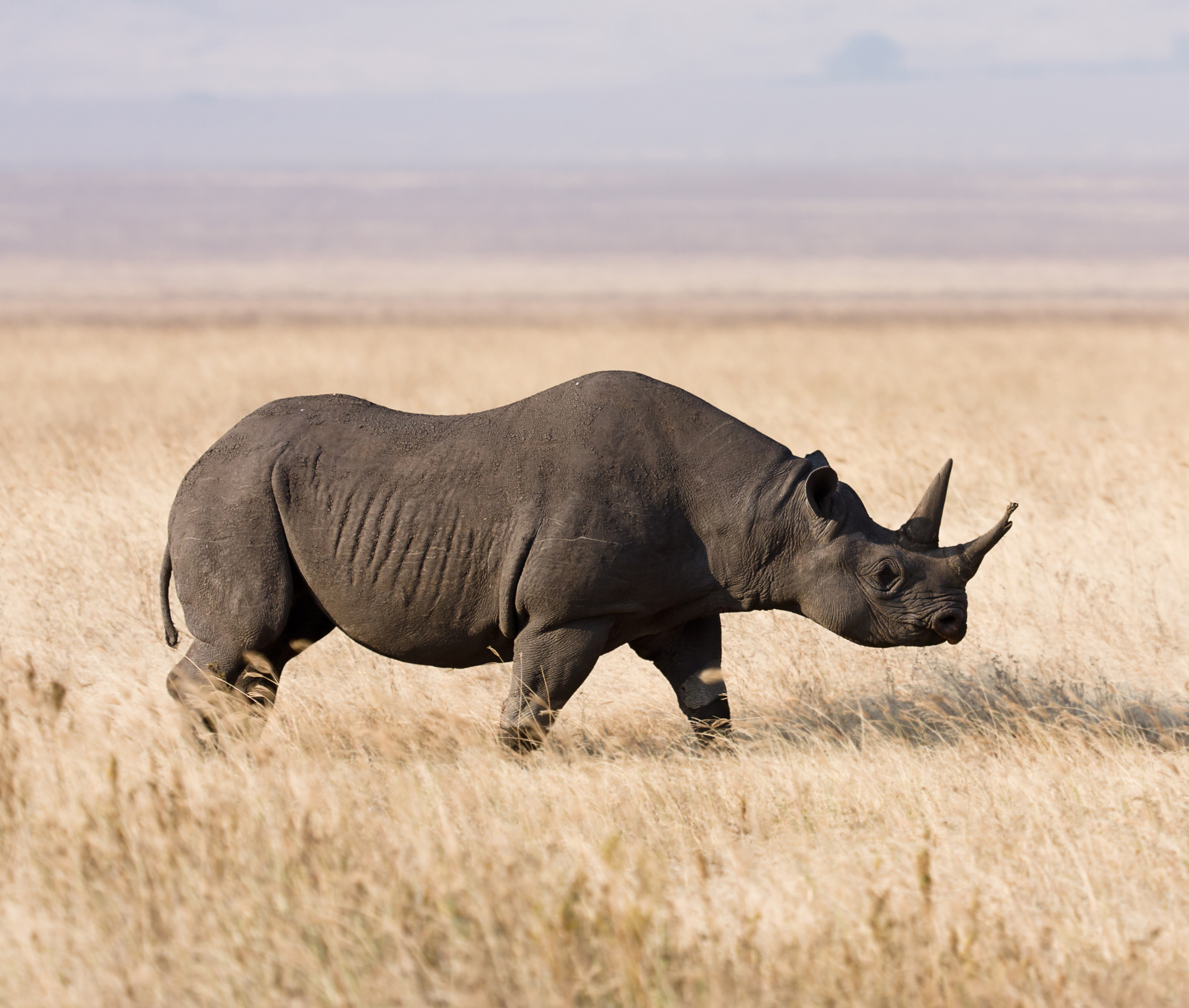Five projects leading the way to save endangered species
Despite the alarming rate of biodiversity loss in the world, there is hope thanks to the remarkable efforts of on-the-ground projects leading the charge to save endangered species.
These five initiatives combine scientific research and community engagement to confront the challenges posed by habitat loss, a warming climate, and wildlife trafficking.

1. Saving the Endangered Western Chimpanzee Population of Bossou in West Africa
The Bossou chimpanzee (Pan troglodytes) population is collapsing due to habitat degradation, human-wildlife conflicts, and transmission of human diseases. These chimpanzees play a vital role in maintaining the diversity of Central Africa's jungles, as the large seeds they eat and disperse are too big for most other animals. Without them, the forest would be irreversibly changed.
This project from Quick Response Fund for Nature (QRFN) seeks to acquire and conserve all available habitats to promote the survival of chimpanzees in the region. The target areas for conservation include the unprotected southern part of Mount Gban, a corridor between Mount Gban and Mount Nimba, and the foothills of Mount Nimba.
By securing the future of chimpanzees, the project aims to reconnect local people with their cultural roots in nature and boost the local economy through eco-tourism.
.jpg)
2. Renewing Hope for Endangered Hawksbill Sea Turtles in El Salvador
Hawksbill sea turtles (Eretmochelys imbricata) are critically endangered worldwide, with fewer than 700 females remaining in the eastern Pacific. In El Salvador, 50% of nesting occurs, making the region vital for their recovery.
Through the joint efforts of Wild Earth Allies (WEA) and ProCosta, a women-led Salvadoran NGO, this project will protect over 300 hawkbill sea turtle nests and release over 30,000 hatchlings. Additionally, it will enhance community well-being by financially benefiting 130 community members and providing improved fishing gear to reduce hawksbill bycatch for 30 lobster fishers.
The long-term goal will establish Marine Protected Areas in El Salvador and Central America to safeguard ocean habitats and other at-risk aquatic wildlife.

3. Protecting the Black Rhino by Empowering Women Rangers in Kenya
The African black rhinoceros (Diceros bicornis) has encountered considerable threats, such as habitat loss, climate change effects, and poaching for its horn. The population decline has been drastic, with Kenya's estimated 20,000 black rhinos in the 1970s plummeting to fewer than 400 by 1984.
The ZEITZ Foundation’s project is establishing a black rhino sanctuary in Kenya to expand the rhino's range and improve connectivity efforts. The project is led and operated by an all-women ranger unit, promoting gender equity and women's leadership in the local community.
The vision of success encompasses an increasing rhino population, enhanced well-being for the women rangers and their beneficiaries, and a more sustainable Africa for all.
_BenjaminOlson.jpeg)
Once federal protections for gray wolves were removed, management shifted to states, opening up trophy hunting, trapping, and baiting of these majestic and critically important apex predators. Image credit: Courtesy of Benjamin Olson
4. Protecting Imperiled Wolves in the Great Lakes Region Through Compassionate Conservation
While a federal judge has reversed the Trump Administration-era legislation of removing gray wolves (Canis lupus) from the Endangered Species List, wolves are in crisis in the US. They still are cruelly trophy-hunted, trapped, and targets in many states like Wisconsin.
This project from Project Coyote aims to create a national recovery plan and establish federal legislation and permanent protections for wolves. It also promotes respect and appreciation for wolves through various communication channels and grassroots outreach.
Support will benefit wolves and their populations, biodiversity, ecosystem health, and local communities.
.jpg)
Three adult Grevy`s zebra in Samburu Reserve Kenya walking through dry grass.
5. Recovering the Endangered Grevy’s Zebra Through Community-led Conservation
The Grévy's zebra (Equus grevyi) population has drastically declined, with only 3,000 remaining in the wild due to poaching and habitat loss. This project, led by the Grevy's Zebra Trust, focuses on protecting and researching the endangered Grévy's zebra in northern Kenya.
Women from the Samburu tribe will be employed as scouts and citizen scientists to monitor the zebras and raise awareness about biodiversity and conservation. By involving local communities, including pastoralists, in conservation efforts, the project aims to promote coexistence between humans and zebras.
Funding will support the scouts in transitioning to digital data collection, allowing for better management decisions and benefiting the zebras and local people.
From conservation strategies to fieldwork, these five projects are at the forefront of the battle to preserve biodiversity and ensure a sustainable future for our planet.
By embracing innovation and collaboration, they offer inspiring examples of how we can protect and revive endangered species, paving the way for a brighter, more harmonious coexistence between humans and the natural world.
Explore More Projects.jpg?auto=compress%2Cformat&w=1440)


